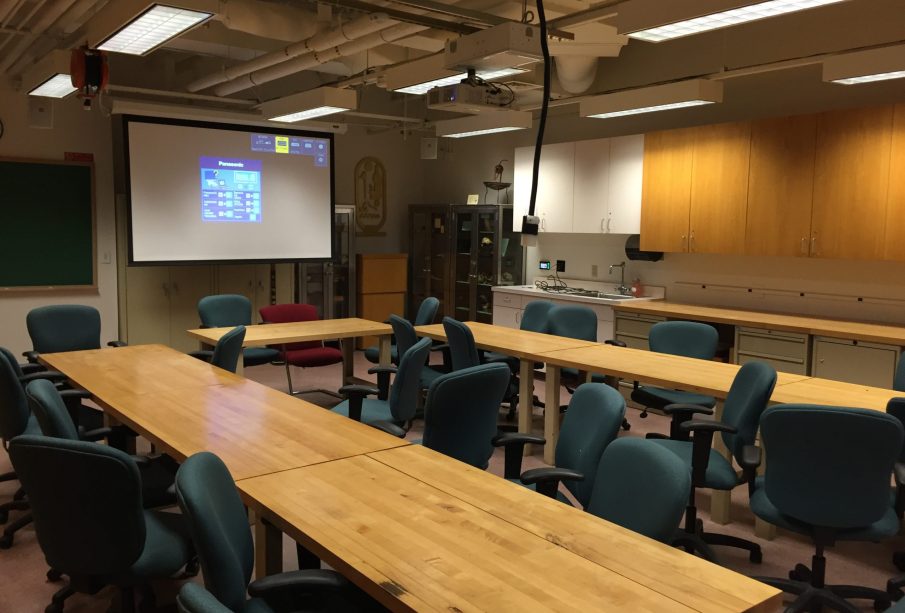The Role of Classroom Environments in Modern Education

Introduction
The classroom environment plays a pivotal role in the educational experience of students. With the ongoing evolution of teaching methods and technological integration, the importance of creating conducive learning spaces has never been more significant. A well-designed classroom can enhance student engagement, facilitate collaboration, and improve overall academic performance. As educators shift towards more interactive teaching styles, understanding how to optimise classroom environments becomes crucial.
Current Trends in Classroom Design
Recent years have seen a marked shift in how classrooms are designed and utilised. Flexible seating arrangements, collaborative spaces, and access to technology are becoming standard features in many educational institutions. According to a report from the Education Facilities Agency, schools that have invested in modern learning environments have reported a 20% increase in student engagement and a noticeable improvement in student performance.
Moreover, incorporating technology into the classroom is not merely a trend but an essential aspect of contemporary education. The use of smart boards, tablets, and interactive software allows teachers to present material in more dynamic ways. Recent surveys indicate that 75% of educators believe that enhancing technology in classrooms significantly boosts student interest and motivation.
Impact of Classroom Environment on Learning
The influence of the classroom environment on learning outcomes is well-documented. Research conducted by the University of Salford suggests that classroom settings can play a critical role in shaping how students learn. Elements such as colour, light, and noise levels have been shown to affect concentration and retention rates. For instance, brighter classrooms with natural lighting can lead to increased morale among students, ultimately contributing to better academic results.
Additionally, fostering a positive classroom atmosphere allows for the promotion of social and emotional learning, which is essential in today’s educational climate. Schools that focus on creating a supportive community enhance students’ sense of belonging, thereby reducing anxiety and fostering better learning outcomes.
Conclusion
As education continues to evolve, the importance of optimizing classroom environments cannot be overstated. Educators and administrators must prioritise active engagement strategies and thoughtful classroom design to create spaces that not only support academic achievement but also nurture emotional well-being. The future of education lies in how effectively we can adapt our classrooms to meet the needs of our students, ultimately fostering a positive learning culture that prepares them for success in an ever-changing world.









